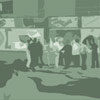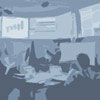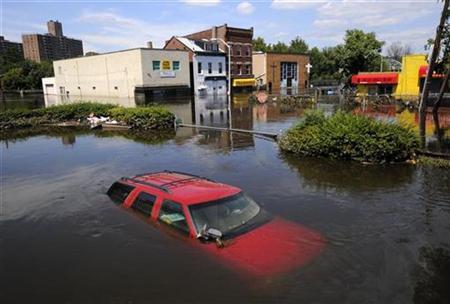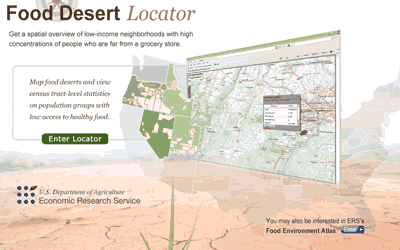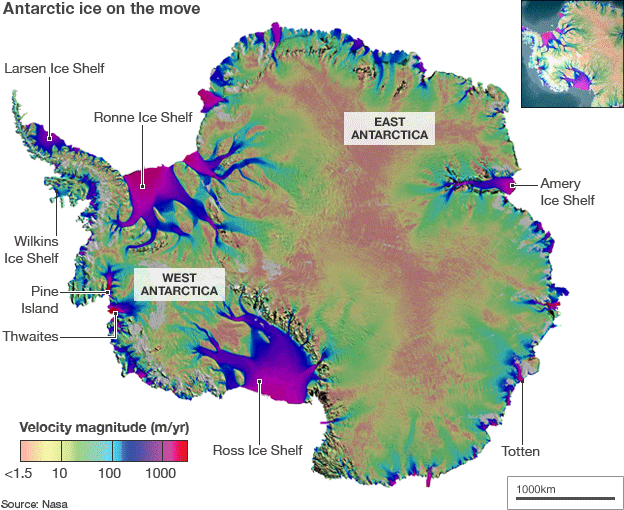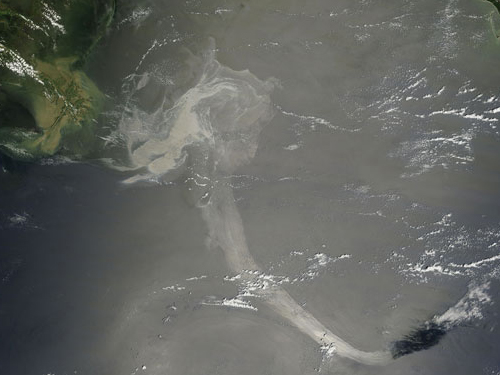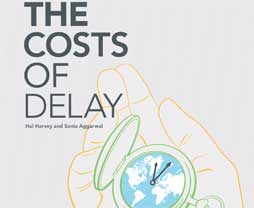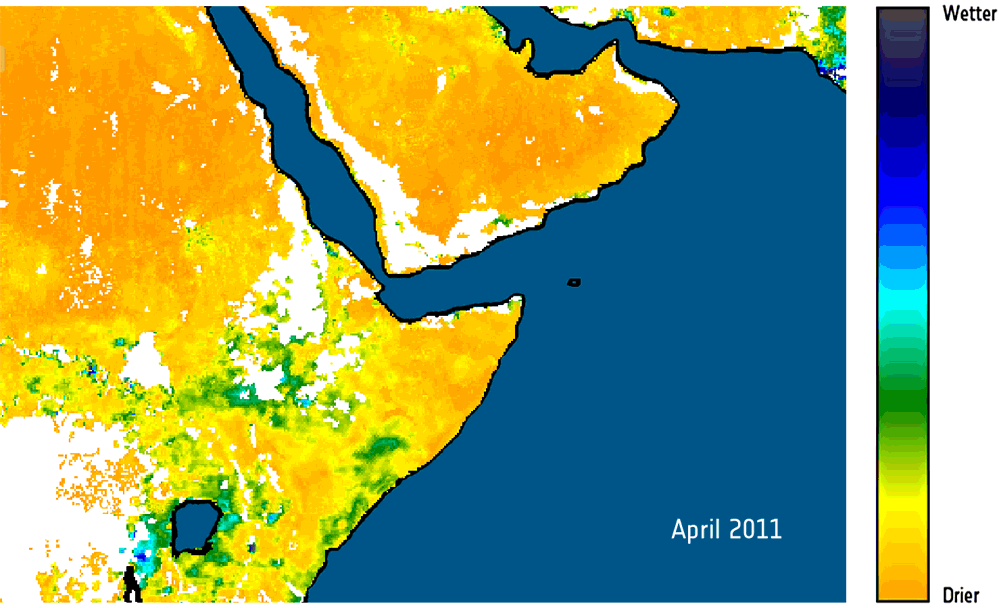Environment
Submitted by ward on
Socioeconomic Data and Applications Center (SEDAC)
Submitted by ward on
Time to Start Work on a Panic Button?
Submitted by ward on
Map tracks Antarctica on the move
Submitted by ward on
Fukushima radiation alarms doctors
Submitted by ward on
UN Establishes a Committee on Global Geospatial Information
Submitted by ward on
WBCSD-VISION-2050
Submitted by ward on
Pathways to Sustainabaility WBCSD
Submitted by ward on
Delayed action on climate to result in irreversible change and high costs
Submitted by ward on
A view of Horn of Africa's drought from space
Submitted by ward on

